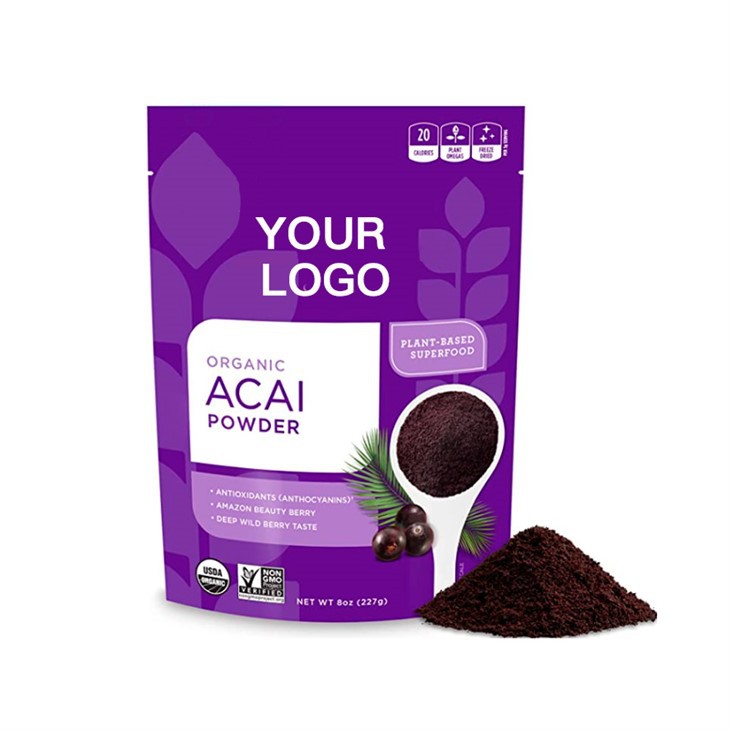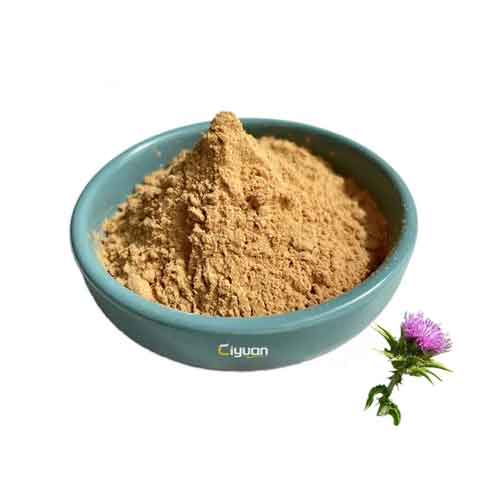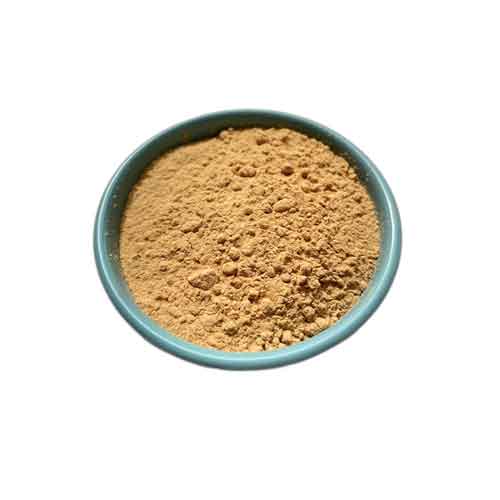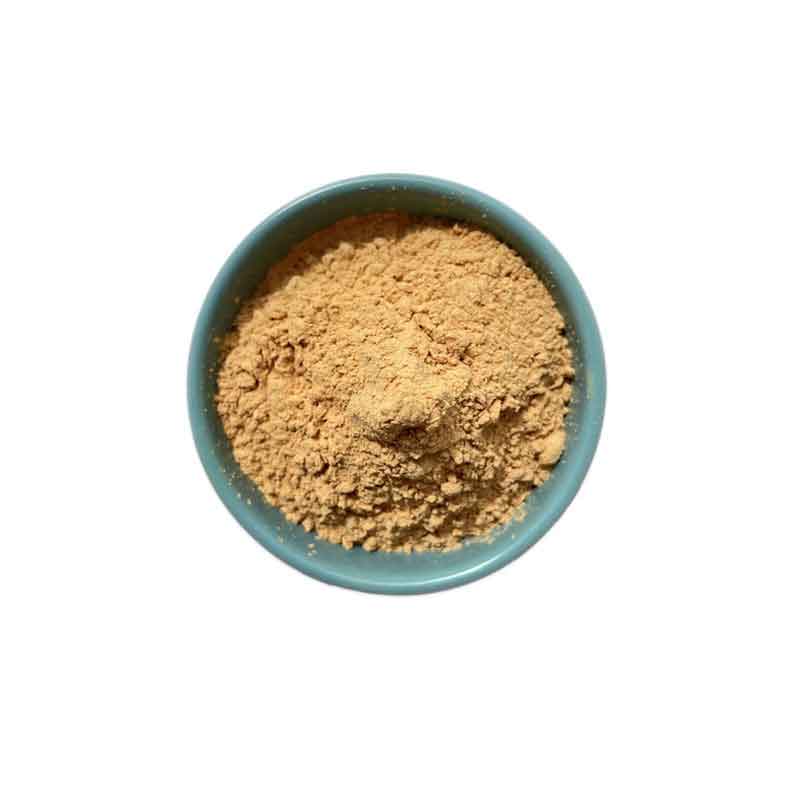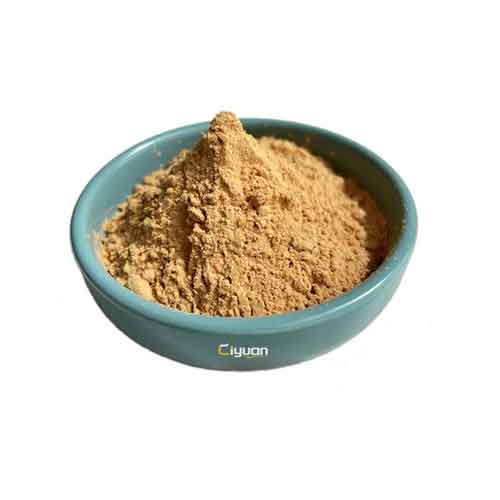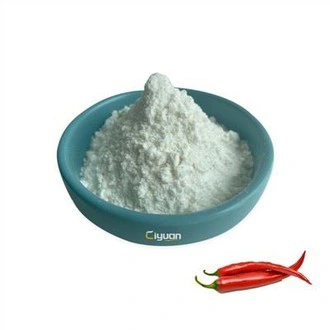What is Milk Thistle Extract?

Milk Thistle Extract, scientifically known as Silybum marianum, is a flowering herb that has been used for centuries for its potential health benefits. However, it is the extract derived from its seeds, commonly known as It, that has garnered attention in recent years for its purported medicinal properties. In this comprehensive exploration, we will delve into the origins of milk thistle, the extraction process, and the potential health benefits associated with its consumption.
1. Historical Roots:
Milk thistle has a rich historical background, with its use dating back to ancient times. Native to the Mediterranean region, it was traditionally employed for various medicinal purposes, primarily for liver ailments. The plant gets its name from the milky sap that oozes out when its leaves are crushed.
2. Anatomy of Milk Thistle:
Understanding the anatomy of milk thistle is crucial in comprehending the properties of its extract. The active component in milk thistle is a group of flavonoids collectively known as silymarin. Silymarin is a powerful antioxidant that is believed to confer many of the plant's health benefits.
3. Extraction Process:
The extraction of milk thistle involves isolating the key compounds, primarily silymarin, from the seeds of the plant. Various methods, including solvent extraction and supercritical fluid extraction, are employed to ensure the purity and potency of the extract.
4. Composition of It:
It contains a complex mixture of flavonolignans, with silybin, silychristin, and silydianin being the major components. These compounds are thought to contribute to the hepatoprotective (liver-protective) effects associated with milk thistle.

COA

ITEM | STANDARD | TEST RESULT | TEST METHOD |
Assay | |||
Silymarin (UV test, per cent, Standard in House) | ≥80.0% | 80.7% | UV |
Total Silymarin (HPLC, determined as silybin, per cent) | 30.0% to 65.0% | 40.9% | HPLC |
Sum of silycristin and silydianin (HPLC, per cent of the total) | 20.0% to 45.0% | 29.8% | HPLC |
Sum of silybin А and silybin В (HPLC, per cent of the total) | 40.0% to 65.0% | 57.1% | HPLC |
Sum of isosilybin А and isosilybin В(HPLC, per cent of the total) | 10.0% to 20.0% | 13.4% | HPLC |
Physical & Chemical | |||
Appearance | Yellow-brown fine powder | Complies | Visual |
Identification | Positive | Complies | TLC, HPLC |
Odor | Slight, Specific | Characteristic | Organoleptic |
Particle Size | 90% through 80mesh | Complies | USP<786> |
Loss on Drying | ≤5.0% | 3.40% | USP<731> |
Sulphated Ash | ≤0.6% | 0.20% | USP<281> |
Solubility | Practically soluble in water Soluble in methanol and Acetone | Complies | ------ |
Pesticides Residues | |||
Total DDT (Sum of p,p'-DDD,P,P'-DDE,o,p'-DDT and p,p' -DDT) | ≤0.05ppm | Complies | USP<561> |
Aldrin, Endrin, Dieldrin | ≤0.01ppm | Complies | USP<561> |
Residual Solvents | |||
N-hexane | ≤290ppm | Complies | USP<467> |
Methanol | ≤3000ppm | Complies | USP<467> |
Acetone | ≤5000ppm | Complies | USP<467> |
Ethyl Acetate | ≤5000ppm | Complies | USP<467> |
Ethanol | ≤5000ppm | Complies | USP<467> |
Heavy Metal | |||
As | ≤3.0ppm | Complies | ICP-MS |
Pb | ≤0.5ppm | Complies | ICP-MS |
Cd | ≤1.5ppm | Complies | ICP-MS |
Hg | ≤0.5ppm | Complies | ICP-MS |
Microbiological Test | |||
Total Plate Count | ≤1,000cfu/g | Complies | AOAC |
Mold and Yeast | ≤1,00cfu/g | Complies | AOAC |
E.Coli | Negative | Negative | AOAC |
Salmonella | Negative | Negative | AOAC |
Function

Liver Health and Detoxification:
The liver is a vital organ responsible for detoxification, metabolism, and the synthesis of essential proteins. silymarin supplement has long been revered for its hepatoprotective properties, meaning it supports and protects the liver. Silymarin, the key component of milk thistle extract, is thought to exert its protective effects through various mechanisms.
a. Antioxidant Activity: Silymarin is a potent antioxidant that helps neutralize harmful free radicals. By doing so, it helps prevent oxidative stress, a key contributor to liver damage.
b. Anti-Inflammatory Effects: Chronic inflammation can lead to liver diseases. thisilyn has demonstrated anti-inflammatory effects, potentially mitigating inflammation in the liver.
c. Liver Regeneration: Silymarin is believed to stimulate the regeneration of liver cells. This regenerative capacity is crucial for maintaining optimal liver function.
Blood Sugar Regulation:
Beyond liver health, silymarin supplement has been investigated for its role in regulating blood sugar levels. Research suggests that compounds in milk thistle may enhance insulin sensitivity and improve glucose metabolism. This has implications not only for individuals with diabetes but also for those at risk of developing insulin resistance.
Emerging research suggests a potential role for Milk Thistle Extract in blood sugar control. For individuals with diabetes or those at risk of developing insulin resistance, the compounds in Milk Thistle Extract may assist in regulating blood glucose levels. Understanding these mechanisms is crucial for optimizing the application of Milk Thistle Extract in diabetes management.
Cholesterol Management:
Another intriguing aspect of pure milk thistle is its potential in managing cholesterol levels. Studies have indicated that silymarin may have a cholesterol-lowering effect, particularly in individuals with high cholesterol levels. This could contribute to cardiovascular health, although more research is needed to establish the extent of its efficacy.
Future Directions: Unraveling the Full Potential

The world of herbal medicine is dynamic, with ongoing research unraveling new facets of known botanicals. This final section delves into the future directions of thisilyn research, exploring potential applications, synergies with other substances, and the evolving landscape of natural health solutions.

Package

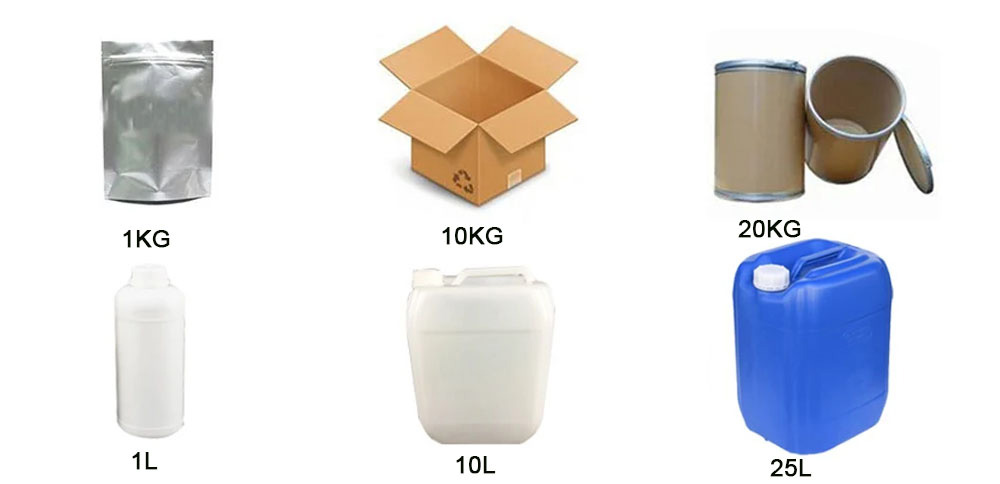
Customer Feedback


Exhibitions



